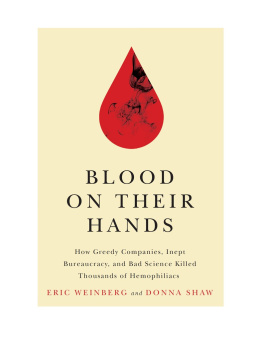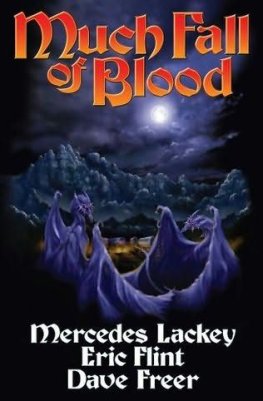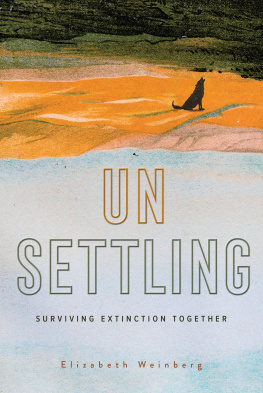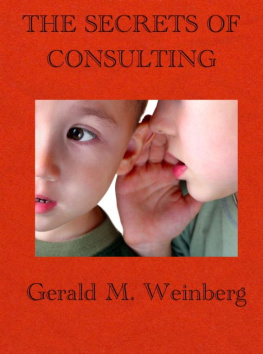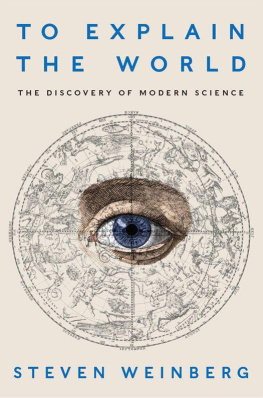LIBRARY OF CONGRESS CATALOGING-IN-PUBLICATION DATA
Names: Weinberg, Eric, 1955 author. | Shaw, Donna, 1951 author.
Title: Blood on their hands : how greedy companies, inept bureaucracy, and bad science killed thousands of hemophiliacs / Eric Weinberg and Donna Shaw.
Description: New Brunswick, New Jersey : Rutgers University Press, 2017. | Includes bibliographical references and index.
Identifiers: LCCN 2016050297| ISBN 9780813576220 (hardcover : alk. paper) | ISBN 9780813576237 (e-book (epub)) | ISBN 9780813576244 (e-book (web pdf))
Subjects: LCSH: Biological productsLaw and legislationUnited States. | BloodTransfusionComplicationsUnited States. | Products liabilityUnited States. | Blood banksUnited States.Quality control. | HemophiliaLaw and legislationUnited StatesCriminal provisions. | HemophiliacsLegal status, laws, etc.United States. | HemophiliacsInfectionsUnited States. | Weinberg, Eric, 1955
Classification: LCC KF3894.B5 W45 2017 | DDC 343.7307/86161572061dc23
LC record available at https://lccn.loc.gov/2016050297
A British Cataloging-in-Publication record for this book is available from the British Library.
Copyright 2017 by Eric Weinberg and Donna Shaw
All rights reserved
No part of this book may be reproduced or utilized in any form or by any means, electronic or mechanical, or by any information storage and retrieval system, without written permission from the publisher. Please contact Rutgers University Press, 106 Somerset Street, New Brunswick, NJ 08901. The only exception to this prohibition is fair use as defined by U.S. copyright law.
The paper used in this publication meets the requirements of the American National Standard for Information SciencesPermanence of Paper for Printed Library Materials, ANSI Z39.481992.
www.rutgersuniversitypress.org
Manufactured in the United States of America
Joe Salgados funeral in 2008 was on one of those rare August days when New Jersey was pleasantly warm instead of suffocatingly hot. Saint Josephs Church in Raritan was packed, so his old friend, Eric Weinberg, stood in back. The priest and Joes children told the mourners how Joe had gotten on his knees every morning to thank God for His blessings. He was only fifty-nine, but they were grateful for the time they had together. It was, after all, years longer than Joes family had expected. The irony of that hit Weinberg: somehow, all that Joe had been through had enriched his life in ways his friend could only try to understand.
Later, standing at his graveside in Sacred Heart Cemetery, on a rise above the Millstone River, Weinberg remembered how, some twenty-five years earlier, Joe had joked about Weinberg joining the softball team for the Somerset County Prosecutors Office, where they had worked together as lawyers. Jews cant play softball, Salgado ribbed him, and they stuck Weinberg in the outfield. It was trueWeinberg was more of a basketball guybut that year, they made it to the final four of the law enforcement state softball tournament, and, in a key game against the state police, Weinberg hit everything they threw at him. You were hot as a firecracker, a retired detective reminded him at the cemetery. It felt good to laugh a little and reminisce, as if Joe were there with them, listening.
Joe was just a little older than Weinberg when they met in 1980, but it was only a few months after Weinbergs father had died, so Joe became his mentor. He was the one who encouraged Weinberg when he failed the bar exam the first time around, the one he could talk to about anything. Joe was serious and tough but also kind and funny, and he loved fishing almost as much as he loved his wife and kids. His obituary said he died peacefully at home, but Weinberg knew about the lifetime of pain that had led up to that day, even though they had not talked much about it.
The day Joe finally told Weinberg he was sick was in 1993, during lunch at a Chinese restaurant. He said what Weinberg already pretty much knew, since by then, Weinberg had been representing similar clients for two years: Joe was born with hemophilia, a rare bleeding disorder that usually is hereditary and found in males, and he had been infected with the AIDS virus and hepatitis from using contaminated blood-clotting products. Then Joe asked him to be his lawyer, too, saying it had taken him years to realize that his suffering was not an act of Godas the drug industry liked to call it in legal pleadingsbut of man.
The years passed. Weinberg spent them on Joes case and hundreds of others like it. Just before Joe died, Weinberg wanted to visit, but his friend didnt want people to remember him that way. His faith and his family had sustained and enriched him. Illness was part of his life, but Joe never let it define who he was.
Joe was a piece on a global chessboard, one that included patients, doctors, researchers, not-for-profit organizations, and four major pharmaceutical companies, along with health officials and politicians from many nations. But this was no game: it was, and is, one of the largest public health disasters in modern history.
And it isnt over.
How many victims are involved? In the United States alone, government agencies and hemophilia activists have estimated that in the late 1970s to mid-1980s, between six thousand and ten thousand hemophiliacsabout half of the countrys total, and as many as 90 to 95 percent with severe hemophiliawere sickened from tainted clotting products. An additional twelve thousand Americans are believed to have received HIV-infected blood transfusions. Another, unknown numberso poorly defined and studied that for years, officials could put it only at somewhere between one hundred thousand and two hundred thousandwere infected with hepatitis C from blood and plasma products.
Many thousands more were stricken in Canada, Central and South America, Europe, Asia, and Australiain other words, on every continent and in every nation where the products were used. Those countries are still coping with the aftermath, struggling to assist families that can never be made whole, and to ensure that such a tragedy never happens again.
Most were infected before anyone knew of the existence of HIV, although that was no excuse, since industry and government regulators had been aware for decades that plasma could, and did, carry dangerous viruses like hepatitis. Other patients, especially overseas, were sickened later, by older products dumped in their countries after safer medicines were available in the United States.
In 1991, with his solo law practice in New Brunswick, New Jersey, thriving, Weinberg found himself drawn into this international tragedy, in which he would help to represent a community of thousands infected with HIV and hepatitis by these hugely profitable medicines. The litigation took a decade, and many of his clients got sicker and died before it was over. Some are still ill and dying today. With advances in medicine, others are doing better, considering what theyve been through.
Several years have passed since most of the lawsuits have ended, and Weinberg has come to understand that the case, and the medical outrage it represented, didnt affect just his clients, but him as well. He was a participant whose actions would push the litigation in certain directions, but in turn he also would be pushed, as a lawyer, husband, father, and man. Inevitably, he came to feel like part of the community he representednot one of them, but one who was deeply affected by them.

